Resistance bands have become a staple in home workouts, physical therapy, and even professional strength training routines. They're affordable, portable, and incredibly versatile. But like any tool, they can cause discomfort—or even pain—if used improperly.
If you've ever experienced neck pain while using resistance bands, you're not alone. One of the most common complaints from beginners (and sometimes even experienced users) is that their neck feels sore or strained after certain band exercises. Naturally, this raises a crucial question:
Are resistance bands the culprit behind neck pain?
Let's break this down and understand what's really going on.
Resistance Bands Don't Cause Pain—But How You Use Them Might
Let's be clear: resistance bands themselves don't inherently cause neck pain. They're simply a tool—just like dumbbells or kettlebells. What matters is how you use them.
Most cases of neck discomfort associated with resistance band training stem from:
- Poor form
- Incorrect posture
- Improper resistance levels
- Lack of warm-up
- Overuse or muscle compensation
In many cases, neck pain is a symptom of other muscles not doing their job properly—especially when the shoulders, upper back, or core aren't fully engaged.
Common Mistakes That Lead to Neck Strain
If you're experiencing neck pain during or after resistance band exercises, chances are you're making one (or more) of the following mistakes:
Tensing the Neck or Shrugging the Shoulders
This is probably the most common issue. When performing upper body band exercises like rows, presses, or lateral raises, many people subconsciously tense their neck or elevate their shoulders, causing the neck muscles (like the trapezius or levator scapulae) to overwork.
Over time, this unnecessary strain builds up and leads to discomfort.
Solution: Consciously relax your neck and draw your shoulder blades down and back. Your shoulders should stay away from your ears throughout the movement.
Using Resistance That's Too Strong
Many users—especially beginners—choose resistance bands that are too tight for their current strength level. This forces the body to compensate by using muscles that aren't meant to be the primary movers—like those in the neck.
Solution: Start with a light resistance band and focus on slow, controlled movements. You should be able to complete the full range of motion without straining or shifting posture.
Poor Head and Spine Alignment
Looking up or down excessively while training can place the cervical spine (neck area) in a compromised position. For example, during seated rows or face pulls, looking at the ceiling or tucking the chin too much can strain your neck.
Solution: Maintain a neutral spine. Think of keeping your neck aligned with the rest of your spine, as if a string is gently pulling you up from the top of your head.
Skipping Warm-Ups
Diving into high-tension band work without a proper warm-up can shock the upper body muscles and cause tightness, especially in sensitive areas like the neck.
Solution: Spend 5–10 minutes warming up with gentle dynamic movements, shoulder circles, and light band mobility exercises.
Lack of Core and Back Engagement
When your core and scapular muscles aren't properly activated, your body will look for other muscles to "help out." Often, the neck muscles are the ones that take over. This is called compensatory activation—and it's a major cause of strain.
Solution: Before doing any band exercises, especially upper-body moves, lightly engage your core and think about "locking" your shoulders in a stable position.
How to Prevent Neck Pain When Using Resistance Bands
Now that we've covered the common causes, let's dive into how to prevent neck pain and ensure a safer, more effective resistance band workout.
✅ Warm-Up First
Warming up prepares your muscles and joints for activity. A good warm-up for the upper body includes:
- Shoulder rolls (10–15 each direction)
- Arm circles
- Neck tilts (gentle side-to-side and forward-back)
- Band pull-aparts with a light band
✅ Focus on Posture
During exercises:
- Stand or sit tall with your chest up and shoulders back
- Keep your chin tucked slightly and neck relaxed
- Don't lean too far forward or backward—your spine should remain in alignment
✅ Choose the Right Resistance Level
Always err on the side of lighter resistance, especially for movements involving the shoulders or neck region. Master your form before increasing the intensity.
✅ Move Slowly and With Control
Fast, jerky movements increase the chance of injury and strain. Instead, use slow, controlled motions and pay attention to how your muscles feel during each rep.
✅ Breathe Properly
Holding your breath during exercises (a common beginner mistake) creates internal tension and can lead to muscle tightness in the neck and upper back. Practice controlled exhalation during the effort phase of a movement (e.g., exhale while pulling the band).
Neck-Friendly Resistance Band Exercises
If you're looking for band exercises that strengthen your upper body without overloading the neck, try these:
Face Pulls (with band anchored at eye level)
- Great for posture and rear shoulder/upper back development
- Emphasizes the rotator cuff and scapular muscles, helping take the pressure off the neck
Band Pull-Aparts
- Simple yet effective for improving upper back and shoulder stability
- Keep arms at shoulder height, and don't let your neck tense up
Scapular Retraction
- Sit or stand tall and gently pull your shoulder blades together using a resistance band
- Focus on squeezing between the shoulder blades without shrugging
Wall Angels with Bands
- Improves shoulder mobility and posture
- Keep your lower back and head pressed against a wall for best alignment
Y-T-W Movements
- Performed lying face down or standing
- Targets stabilizing muscles in the upper back and shoulders
Try incorporating these into your weekly routine, 2–3 times per week. Start with 2 sets of 10–12 reps for each.
What to Do If You Already Have Neck Pain
If you're already feeling some discomfort, here are a few tips:
- Stop any movement that causes sharp or worsening pain
- Rest and apply heat to the affected area
- Perform gentle stretches for the neck and upper back
- Consider consulting a physiotherapist, especially if pain persists
- Once pain subsides, focus on rebuilding stability and mobility before returning to intense training
Final Thoughts
Resistance bands are safe, effective, and beginner-friendly—but like all exercise tools, they require knowledge and proper technique. If you're experiencing neck pain while using bands, it's likely due to form, tension, or posture—not the bands themselves.
With a few tweaks in your routine—such as warming up, choosing appropriate resistance, and staying mindful of posture—you can avoid unnecessary discomfort and get the most out of your training.
So, don't give up on resistance bands. Instead, get smarter with how you use them. Your neck (and your gains) will thank you.
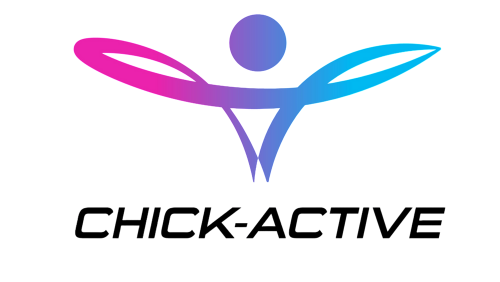
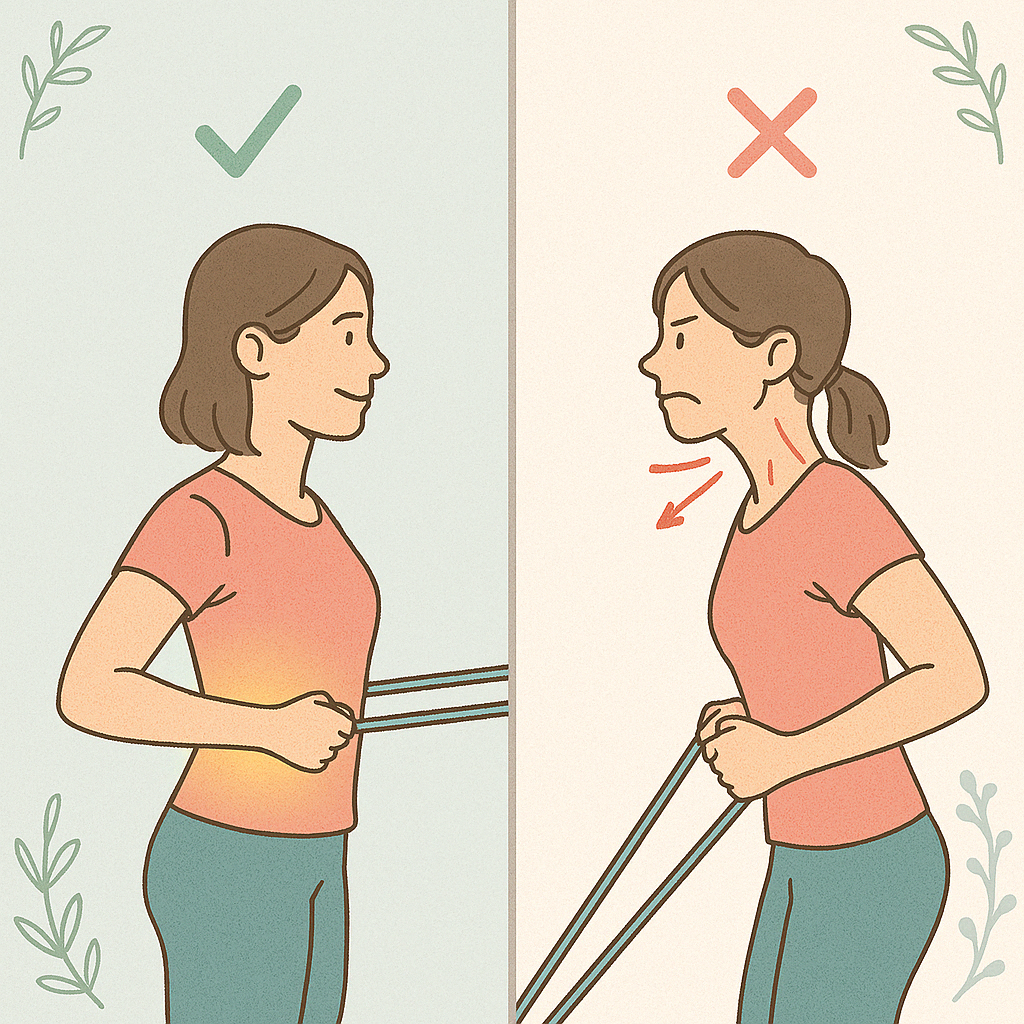

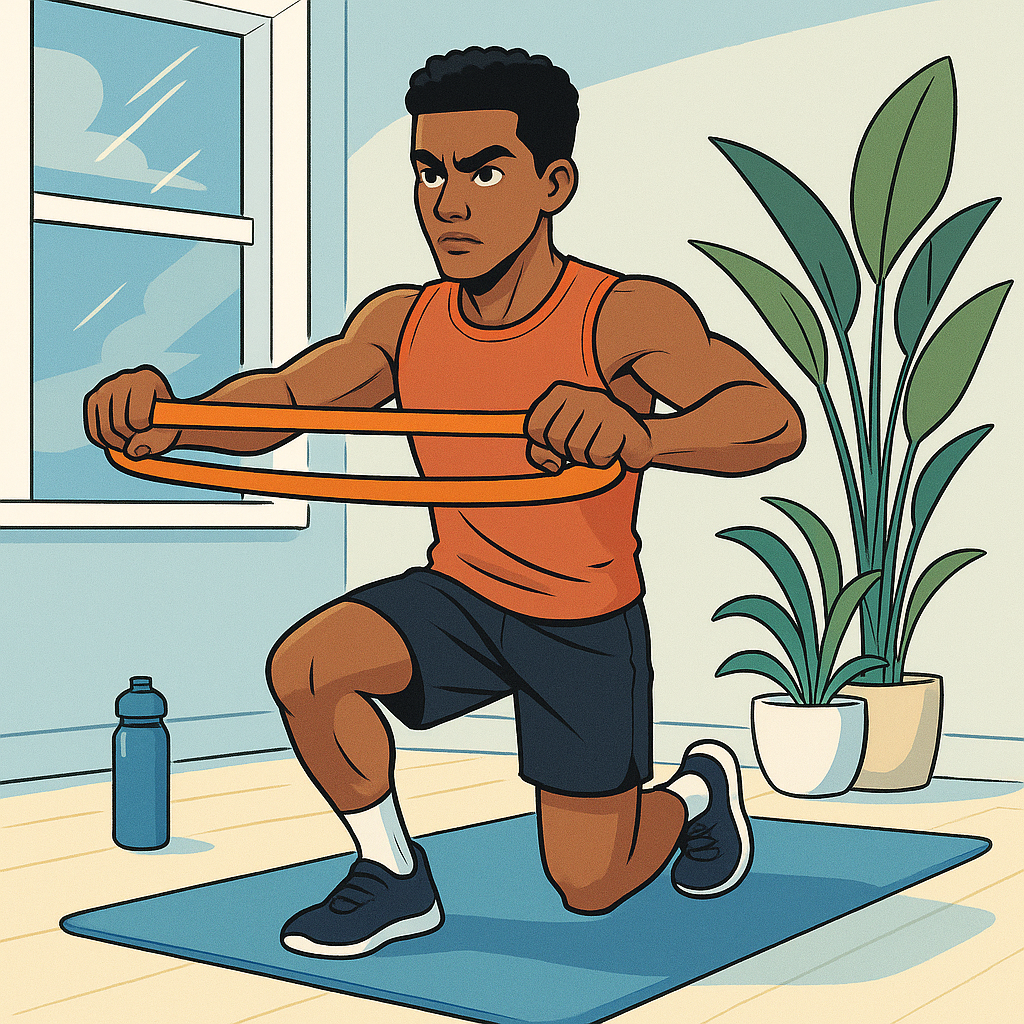
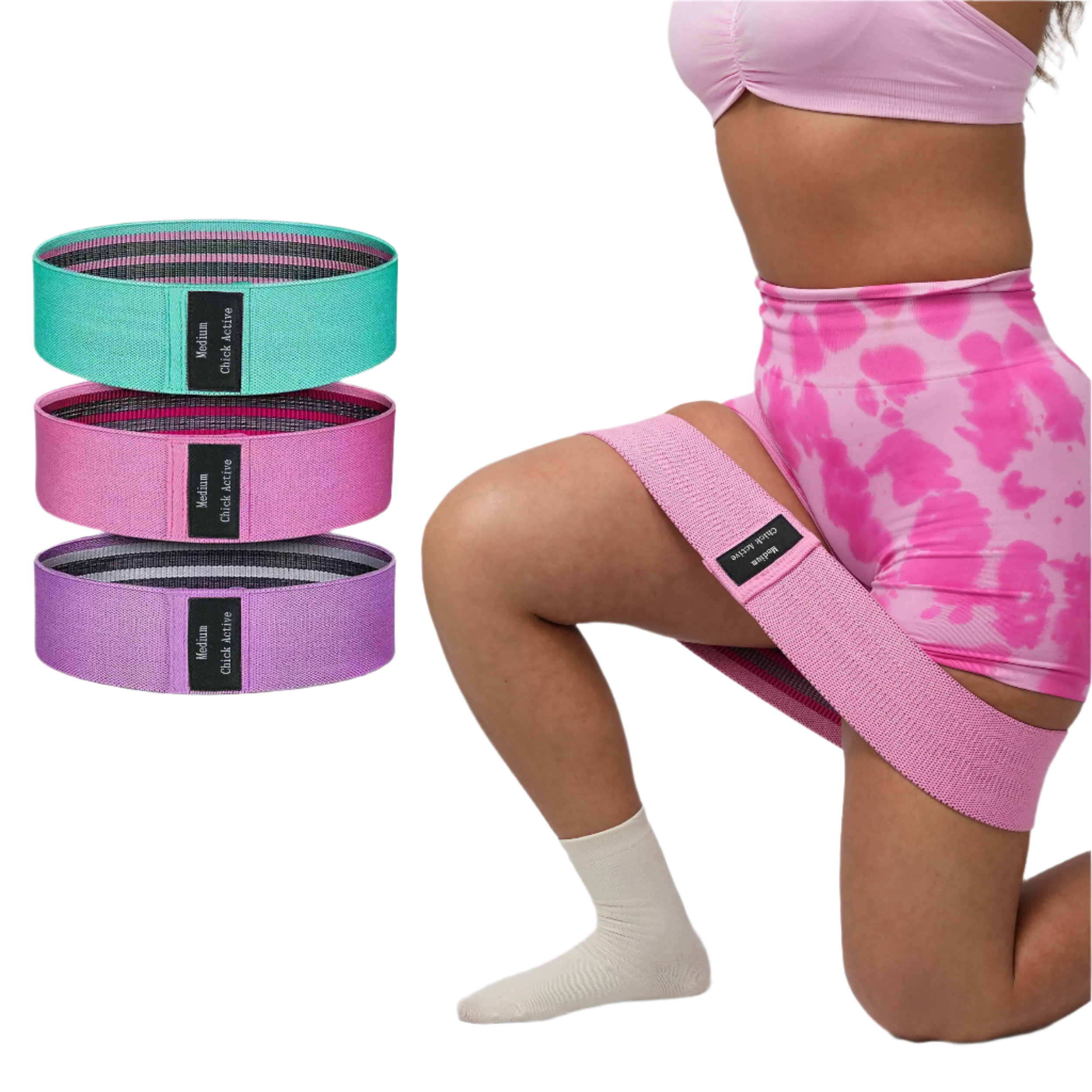


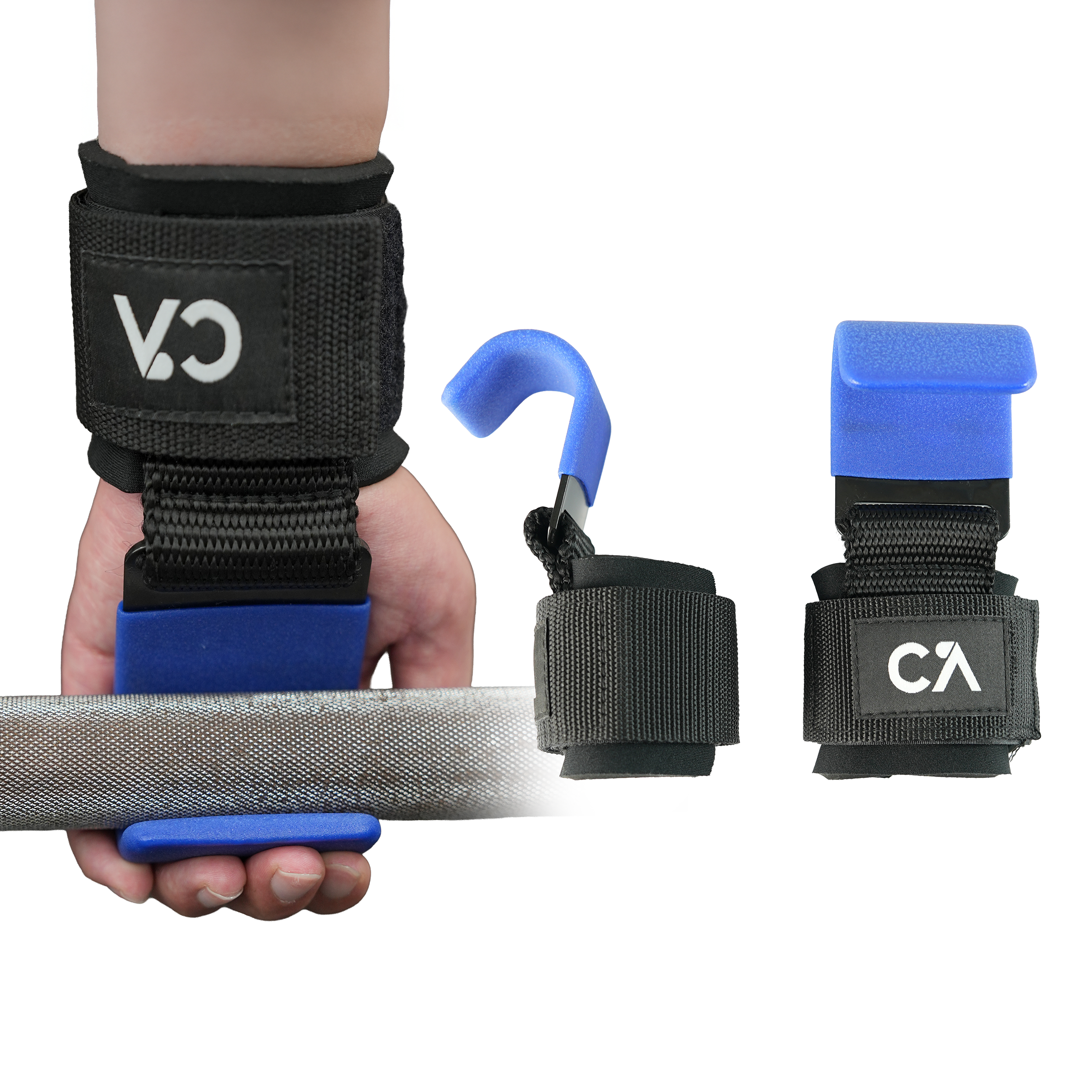

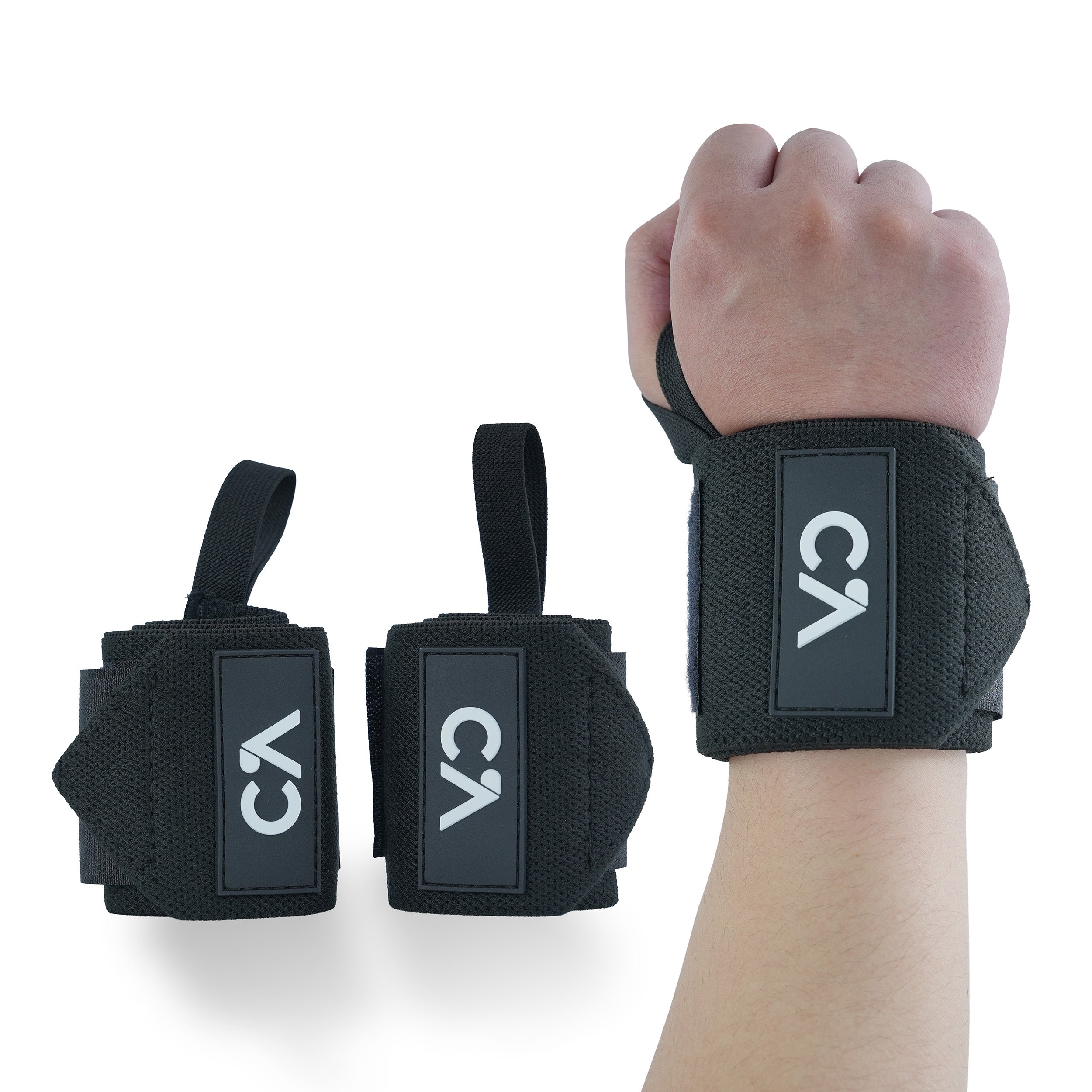
Leave a comment
All comments are moderated before being published.
This site is protected by hCaptcha and the hCaptcha Privacy Policy and Terms of Service apply.